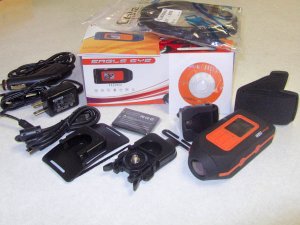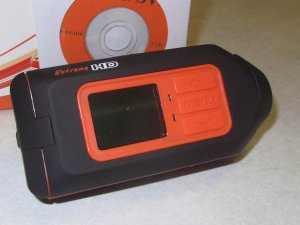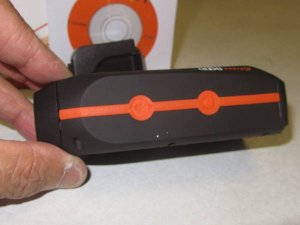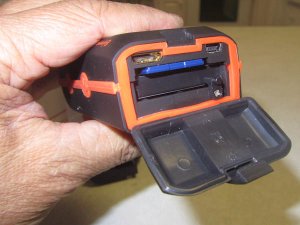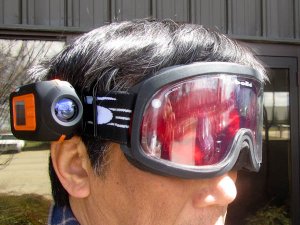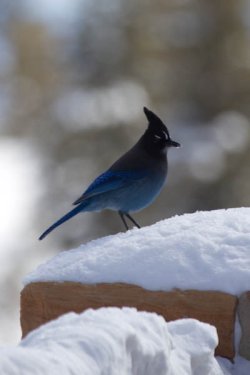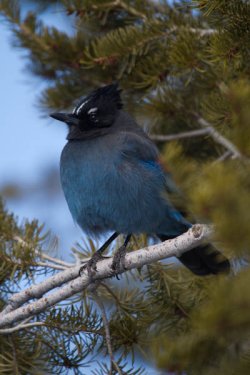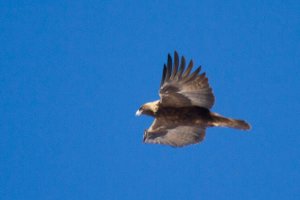Online Magazine
Recent Posts
- Safeguard your Cellphone Photos
- Black & White to Color – Instantly
- Wearing Many Hats
- Video Roundup
- Rescuing Your Blurry Pictures
- Showing Their Age
- What is Your Angle?
- Panorama Photos
- Humorous Photos
- Close Ups
- Fisheye Pictures
- Photo Antiquities
- Printing Big
- Appreciating Scale
- Celebrity Sightings
Tags
More Places to Go
- Free "How-To" Books “How To” books for popular cameras 0
- Vist Us on Facebook keep in touch with us on Facebook 2
Archives
- July 2023 (1)
- March 2023 (2)
- February 2023 (1)
- December 2022 (1)
- October 2022 (1)
- September 2022 (8)
- August 2022 (9)
- July 2022 (1)
- June 2022 (1)
- June 2021 (1)
- May 2021 (1)
- March 2021 (5)
- February 2021 (4)
- January 2021 (2)
- April 2019 (1)
- March 2019 (1)
- February 2019 (1)
- October 2018 (2)
- April 2018 (1)
- March 2018 (4)
- February 2018 (1)
- November 2017 (1)
- August 2017 (1)
- June 2017 (1)
- April 2017 (1)
- March 2017 (5)
- February 2017 (2)
- January 2017 (1)
- October 2016 (1)
- September 2016 (1)
- August 2016 (1)
- July 2016 (1)
- May 2016 (1)
- April 2016 (1)
- March 2016 (2)
- February 2016 (1)
- January 2016 (2)
- December 2015 (1)
- November 2015 (1)
- October 2015 (3)
- April 2015 (1)
- March 2015 (5)
- February 2015 (1)
- January 2015 (4)
- December 2014 (2)
- November 2014 (5)
- October 2014 (2)
- September 2014 (1)
- August 2014 (2)
- July 2014 (1)
- May 2014 (1)
- April 2014 (5)
- March 2014 (5)
- December 2013 (2)
- November 2013 (18)
- October 2013 (1)
- September 2013 (1)
- August 2013 (1)
- July 2013 (1)
- June 2013 (3)
- May 2013 (1)
- April 2013 (2)
- March 2013 (1)
- February 2013 (1)
- January 2013 (1)
- December 2012 (1)
- November 2012 (2)
- October 2012 (2)
- September 2012 (5)
- August 2012 (2)
- July 2012 (1)
- June 2012 (1)
- May 2012 (1)
- April 2012 (4)
- March 2012 (1)
- February 2012 (1)
- January 2012 (3)
- December 2011 (1)
- November 2011 (3)
- October 2011 (1)
- September 2011 (2)
- August 2011 (2)
- June 2011 (3)
- May 2011 (4)
- April 2011 (8)
- March 2011 (8)
- February 2011 (10)
- January 2011 (6)
- December 2010 (11)
- November 2010 (14)
- October 2010 (6)
- September 2010 (12)
- August 2010 (2)
- July 2010 (4)
- June 2010 (3)
- May 2010 (1)
- April 2010 (1)
- March 2010 (2)
- February 2010 (1)
- January 2010 (1)
- December 2009 (1)
- November 2009 (2)
- October 2009 (2)
- September 2009 (1)
- August 2009 (3)
- July 2009 (2)
- June 2009 (1)
- May 2009 (2)
- April 2009 (1)
- March 2009 (2)
- February 2009 (1)
- January 2009 (3)
Extreme Sports Camera
06th April 2011
Review of the Eagle Eye
From the title, you might think that I participate in extreme sports. Hah, this is far-from-the-truth. Instead, the title is to let you know that there’s a camera that is rugged enough to be used by enthusiasts that do in fact participate in extreme sports.
Let’s move on. In a few days, I’ll be off to the Sierra Nevadas for some easy and leisurely Spring skiing.
In the past, I’ve always lugged a camera around to capture the action. This year, I’ve decided that I would try a different tact.
My experience with Eagle Eye HD so far is based on an hour or so of becoming familiar with its use.
I’ll complete the review of this camera after I return from my ski trip. I hope to have the results in ten days or so. As already mentioned, since I’m not an extreme sportsman, I may have my two expert-skiing sons help with the review.
Coincidentally, I purchased the Eagle Eye from Stuntcams.com. They are located in Grand Rapids only a few miles from our offices where Mike gave me the run-down on this camera. It sells for $249. Stuntcams.com also sells many other sports cameras.
Please note that Stay Focused has no connection to Stuntcams.com.
Written by Arnie Lee
Sometimes luck trumps skill
04th March 2011
Shooting Birds
Certainly one of the reasons that I enjoy the profession so much is that there are so many types of photography to choose from: architectural, wedding, journalism, nature, portrait, fine art, and the list goes on.
And like many other photographers, I often jump from one type of photography to another when the job calls for it or when I feel the need to “escape” to a totally different subject.
Each type of photography utilizes different skills.
For example, portrait photography is most successful when the subject can comfortably relate to the photographer who then combines creative posing and technical lighting to record a likeness of that subject.
A food photographer may use many tricks to enhance the appearance of a gourmet dish – with sprays, glue or gels, perhaps. These are skills that make the food look good; you probably wouldn’t want to eat the food after the photo session.
Having participated in many of the types of photography over the past 40+ years, I have learned that some types of photography require a higher level of skill than others.
From my experience, “photography degree of difficulty” varies from snapshots and event photography at the low end to wedding photography at the high end. And somewhere near the high end is wildlife photography. For the last few years, I’ve spent a lot of time trying to improve my wildlife skill level.
I quickly snapped a half dozen photos before the eagle was out of range. Unfortunately, I wasn’t as lucky here. The photo is blurred owing to the distance and my rushed attempt.
So this time out, luck played a role in my capturing the Stellar’s jay. But I wasn’t as lucky with the golden eagle.
Still, I know that unless I’m out there hiking the trails and observing my surroundings that luck won’t have a chance to take hold. Each time I’m out enjoying nature I’m hoping that for that lucky catch.
Take enough photos and luck will come your way too. It’s a promise.
Written by Arnie Lee
Photographing Air Force One
26th January 2011
Having been involved with Flight Simulation software over the years, I’ve been taking pictures of aircraft for some time now. My collection includes thousands of aircraft photos and one of my favorite group are the pictures of Air Force One that I’ve captured.
Air Force One is the huge Boeing 747 that flies the President of the United States to various places around the world. It’s easily recognizable by its distinctive blue and while colors.
(more…)
